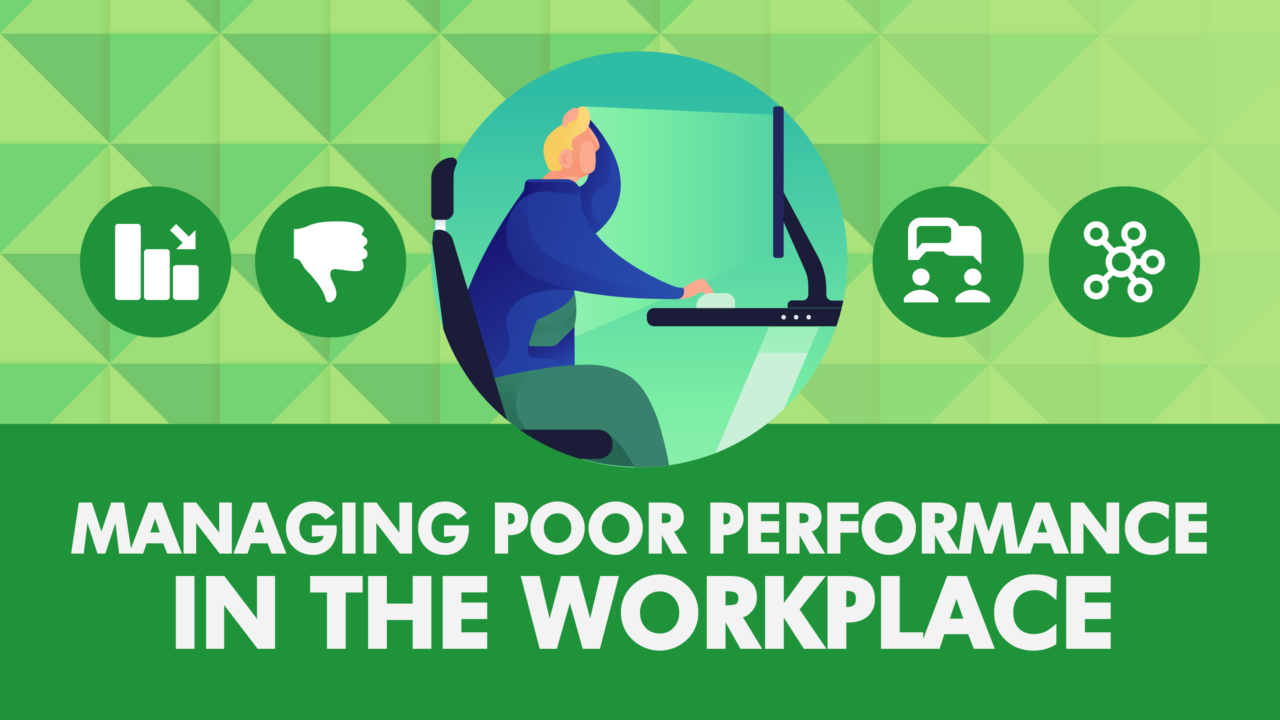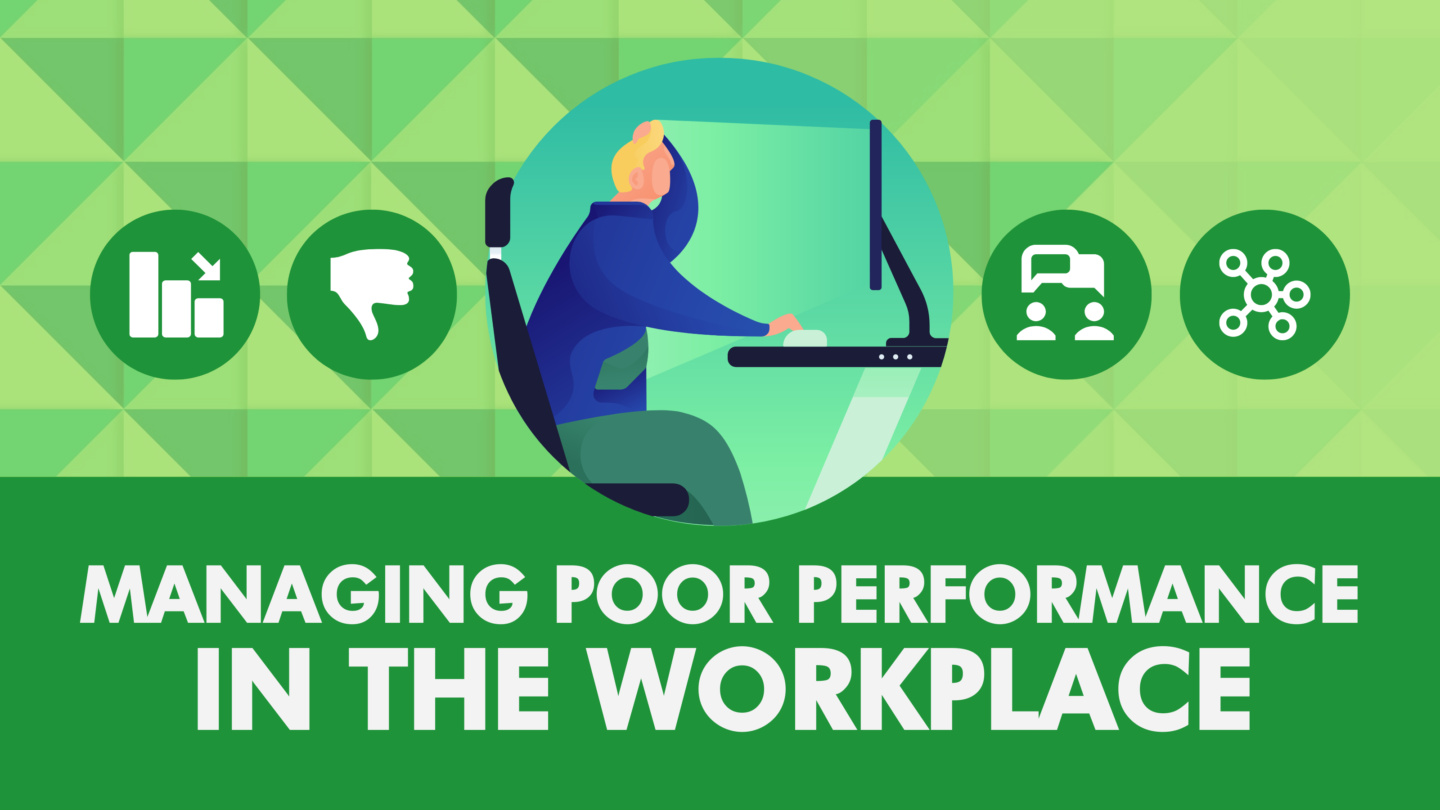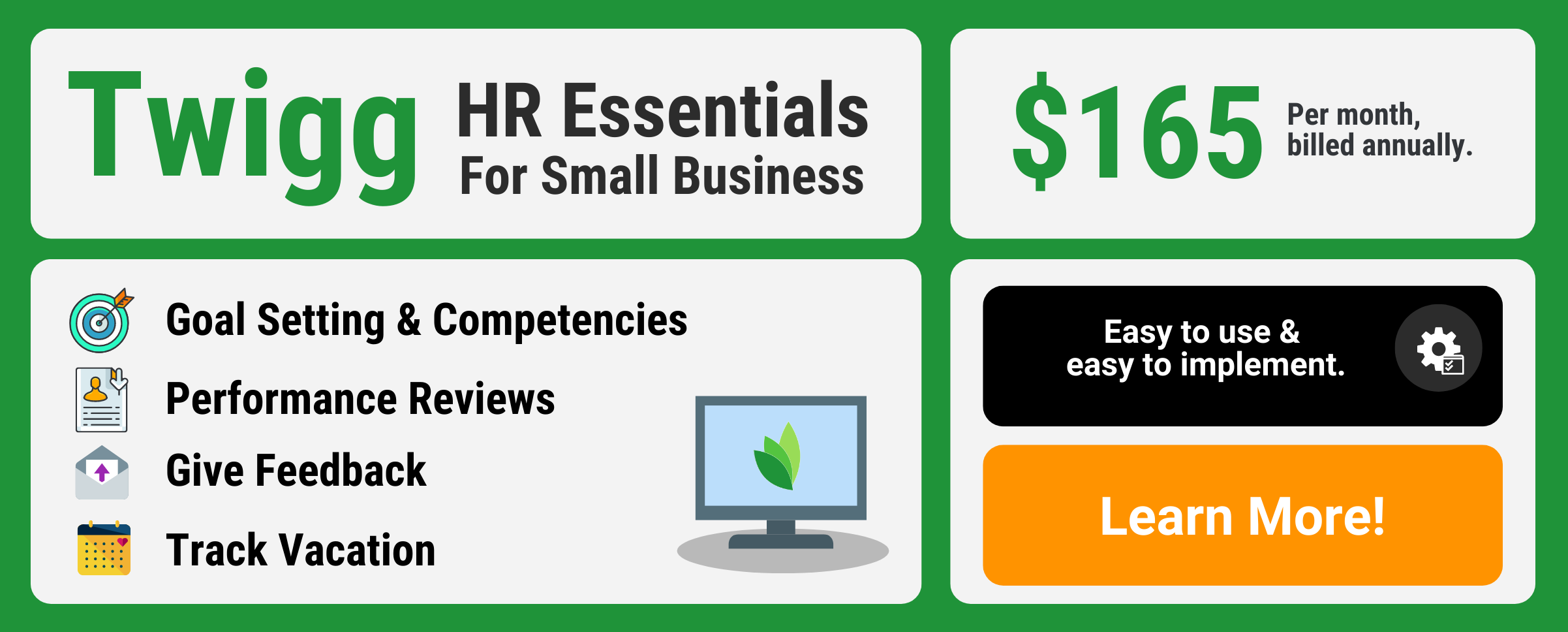
Managing Poor Performance in the Workplace
Every business relies on its employees to make it profitable. In order for this to be a reality, every member of the team needs to contribute, and remain motivated to accomplish their goals, and thus the company’s. This means that if an employee isn’t performing up to standard, it can affect the whole company. So, how does it affect you? How do you go about managing poor performance in the workplace?
Effects on the workplace
It’s fairly obvious that poor performance isn’t a good thing for an optimal work environment, but how does it specifically affect the team?
- Decreased morale of the team: low morale can be an infectious contributor to poor performance. One employee who expresses unhappiness at work can directly impact teammates, who in turn may begin to question their purpose as well. Lower morale can lead to disagreements among team members, insubordination to the manager, and general lack of support for teammates.
- Lowered productivity: A bad attitude and/or lack of motivation towards ones responsibilities will directly result in lower productivity, which ultimately leads to poor performance in the workplace. Additionally, these negative interactions will affect other employees, and increase the likelihood of widespread poor performance and overall pessimism.
- Reduced quality of work: This goes hand in hand with the above effects. Team members who are not engaged in their work will undoubtedly contribute less and are generally known to actively increase their non-attendance.
- High turnover: Unfortunately, poor performers who are tolerated in a workplace can result in a higher turnover of good employees. Hard workers who see that less productive employees escape notice will be more inclined to move on. The other side of that is the fact that the underperformers will likely stay put, as they learn that mediocre results are deemed acceptable.
- Manager stress: Continuously managing poor performance in the workplace can take its toll on managers as well. Negotiating with the employee or finding strategies that will ensure they do their job is time-consuming, frustrating and shouldn’t have to ever be a manager’s ongoing practice.
Identifying poor performance
The most crucial step to avoiding the negative effects of poor performance is to identify the signs as quickly as possible, so a plan to resolve it can be put into action. Here are some steps to both identifying and managing poor performance in the workplace:
- Identify the problem: this is the most crucial step in identifying poor performance. If the problem cannot be defined, it cannot be resolved.
- Be specific: You have to be specific as to why it’s a problem – merely saying an employee is “unproductive” is too vague. Identifying something like “sales goals don’t meet the target” is much easier to work with.
- Review performance: A good way to identify the specific performance issues is to look at the employee’s work performance history – identifying past successes and practices can serve to help compare to current day issues
Look into the underlying cause
Poor performance in the workplace doesn’t usually just happen out of the blue. In order to resolve the issue, you must determine what the underlying cause of the poor performance is. It’s important to talk with the employee to discover what the cause is. Some examples of what it might be are:
- Work environment: this could include lack of training or resources.
- Ineffective workplace practices: are there too many obstacles on the employee’s path to success?
- Out-of-date tech: does the employee have what they need to accomplish their tasks?
- Discrimination or harassment: If the employee feels unwelcome/unsafe or finds themselves in a hostile work environment, their performance will likely suffer.
- Lack of ability/disengagement: if the employee simply doesn’t have the skills to do the job, they can feel frustrated and not engaged with the tasks. Disengagement can also occur if an employee is burned out.
- Problems at home: this would apply to any problems outside the office. Stress at home will likely affect the mood at work.
Managing poor performance
Once poor performance in the workplace is identified, and you’ve found the underlying cause, you need to be active actively resolve it. It’s important to act quickly, before the employee develops more ingrained poor habits, or their performance overall worsens. Here are some tips on how to manage poor performance:
- Schedule a one-on-one: Timely feedback is crucial. After identifying the core issues that are preventing performance from progressing, arrange a regularly scheduled touch-point discussion to discuss progress.
- Be direct and honest: Ensure you have documentation and proof of the issues you discuss with your employee. Stick to these specific, documented cases, and don’t bring hearsay in to the discussion.
- Create a safe space: Let your employee know they are free to speak their mind. Make it known that it isn’t a personal thing, but rather, an actual issue you want to resolve. Focus on one problem or issue at a time.
- Consider a performance improvement plan (PIP): Discuss realistic and visible goals with employee. Schedule regular performance reviews, paying special attention to the area(s) they were showing poor performance. Be prepared to offer help and support, and to regularly check in on their progress.
- Offer recognition and incentives: Publicly and privately acknowledging the achievements of an employee can bolster their motivation, leading to better performance outcomes and increased productivity.
Further steps to take
Sometimes an employee will prove to just not be the right fit. If attempts at managing poor performance are repeatedly unsuccessful, further steps may need to be taken.
- Verbal/written warnings: Letting the employee know they aren’t meeting standards, and officially having it on their record may spur them to raise their performance level
- Probation: Confirming with the employee that attempts to address issues have not remedied the performance problems and that a measured (usually time-based) improvement is expected.
- Demotion or dismissal: A reassignment to another project of lesser challenge or exiting the employee are typically last resorts but may, however, need to be exercised.
One negative employee can drastically affect an entire team, leading to lower morale, reduced productivity, and a less-than-optimal office experience. That is why it is crucial to stay active in managing poor performance in a timely and efficient manner.






